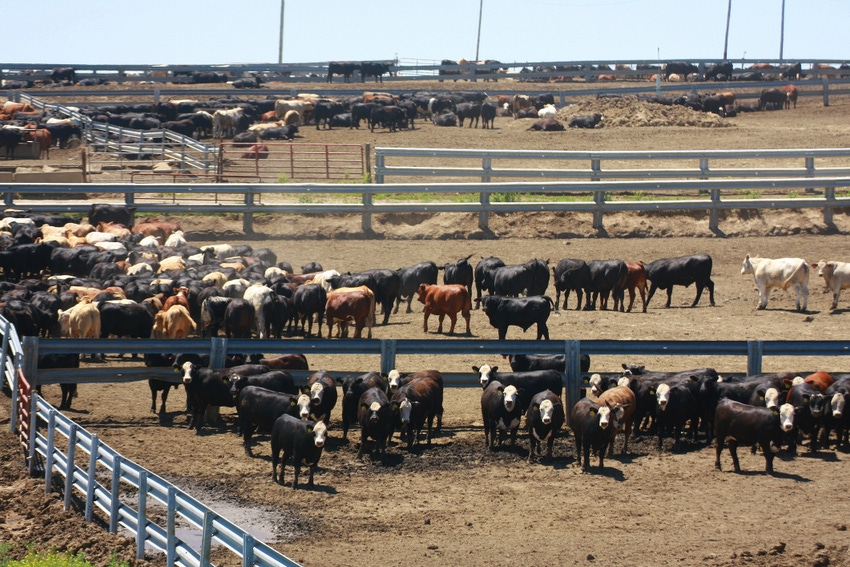Subscribe to Our Newsletters
Feedstuffs is the news source for animal agriculture
Utilizing drylots allow ranchers to hold on to productive cows until pasture conditions improve; develop heat stress management plans for feedlots before hot and humid conditions arrive.

You May Also Like